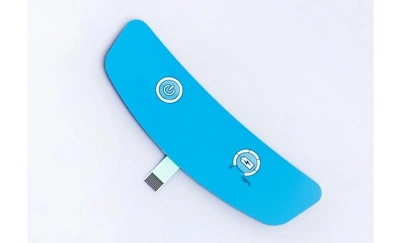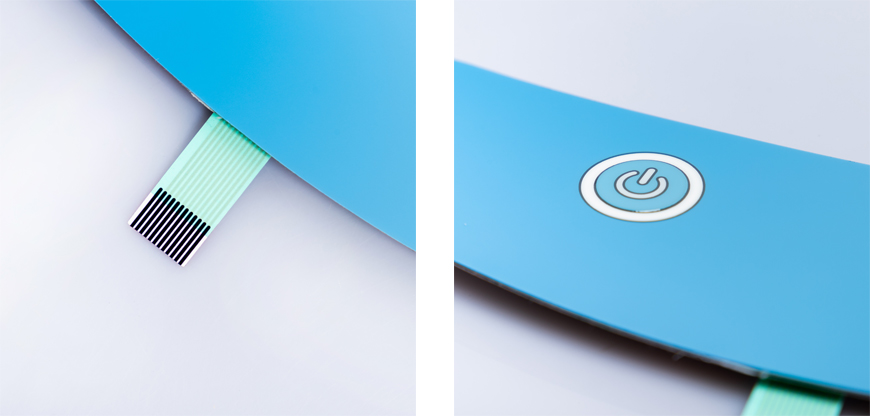
In today's fast-paced world, technology is constantly evolving, and with it, the need for innovative interface solutions has become more pronounced than ever. One such revolutionary solution that has gained prominence in various industries is the customized membrane switch and panel. These versatile and highly adaptable devices have transformed the way we interact with electronic equipment and have found applications in diverse fields such as medical devices, industrial equipment, consumer electronics, and more. In this article, we will delve into the world of customized membrane switches and panels, exploring their functionalities, applications, and the myriad benefits they offer.

What Are Membrane Switches?
A membrane switch is a low-profile, flexible, and pressure-sensitive keypad or button interface. It consists of multiple layers, including graphic overlays, printed circuits, and a flexible membrane. When a user applies pressure to a specific area of the overlay, it activates the underlying circuit, registering a command or input.
How Do They Work?
Customized membrane switches utilize a conductive ink or metal dome that bridges the gap between two circuit layers when pressure is applied. This electrical connection triggers the desired function or response, making it a reliable and efficient interface.
1. Design Flexibility
One of the standout features of customized membrane switches is their adaptability to various design requirements. Manufacturers can tailor the appearance, size, and functionality of these switches to meet the specific needs of their applications. This flexibility ensures that the final product seamlessly integrates with the intended device.
2. Durability and Longevity
Customized membrane switches are known for their robustness. They are resistant to moisture, chemicals, and extreme temperatures, making them ideal for both indoor and outdoor applications. Their durability ensures a long service life, reducing the need for frequent replacements.
3. Cost-Effective Solution
Compared to traditional mechanical switches, customized membrane switches offer a cost-effective alternative. Their simple construction and ease of customization contribute to lower production costs, making them an attractive choice for manufacturers looking to optimize expenses.
Medical Devices
Customized membrane switches are widely used in medical equipment such as diagnostic devices, patient monitoring systems, and infusion pumps. Their resistance to contamination and ease of cleaning make them essential in sterile medical environments.
Industrial Control Panels
In industrial settings, where reliability and durability are paramount, customized membrane switches find extensive use in control panels for machinery and equipment. Their ability to withstand harsh conditions ensures uninterrupted operations.
Consumer Electronics
From microwave ovens to remote controls, customized membrane switches are a common feature in various consumer electronic devices. Their sleek appearance and tactile feedback enhance the user experience.
As technology continues to advance, the demand for customized membrane switches and panels is expected to grow. With ongoing innovations in materials and manufacturing processes, these interfaces will become even more versatile and efficient, catering to a broader range of applications.
In conclusion, customized membrane switches and panels have emerged as a game-changing interface solution across multiple industries. Their design flexibility, durability, and cost-effectiveness make them a preferred choice for manufacturers aiming to deliver high-quality products. As we look ahead, these innovative interfaces are poised to play an even more significant role in shaping the future of electronic devices and equipment.
1. Are customized membrane switches compatible with touchscreens?
Yes, customized membrane switches can be integrated with touchscreens to provide a tactile interface in addition to touchscreen functionality.
2. Can membrane switches withstand extreme temperatures?
Yes, membrane switches are designed to operate reliably in a wide range of temperatures, from freezing cold to scorching heat.
3. What is the typical lifespan of a customized membrane switch?
The lifespan of a customized membrane switch can vary depending on usage but typically ranges from 1 million to 5 million actuations.
4. Are membrane switches resistant to chemicals?
Yes, membrane switches are often resistant to a variety of chemicals, making them suitable for industrial and medical applications.